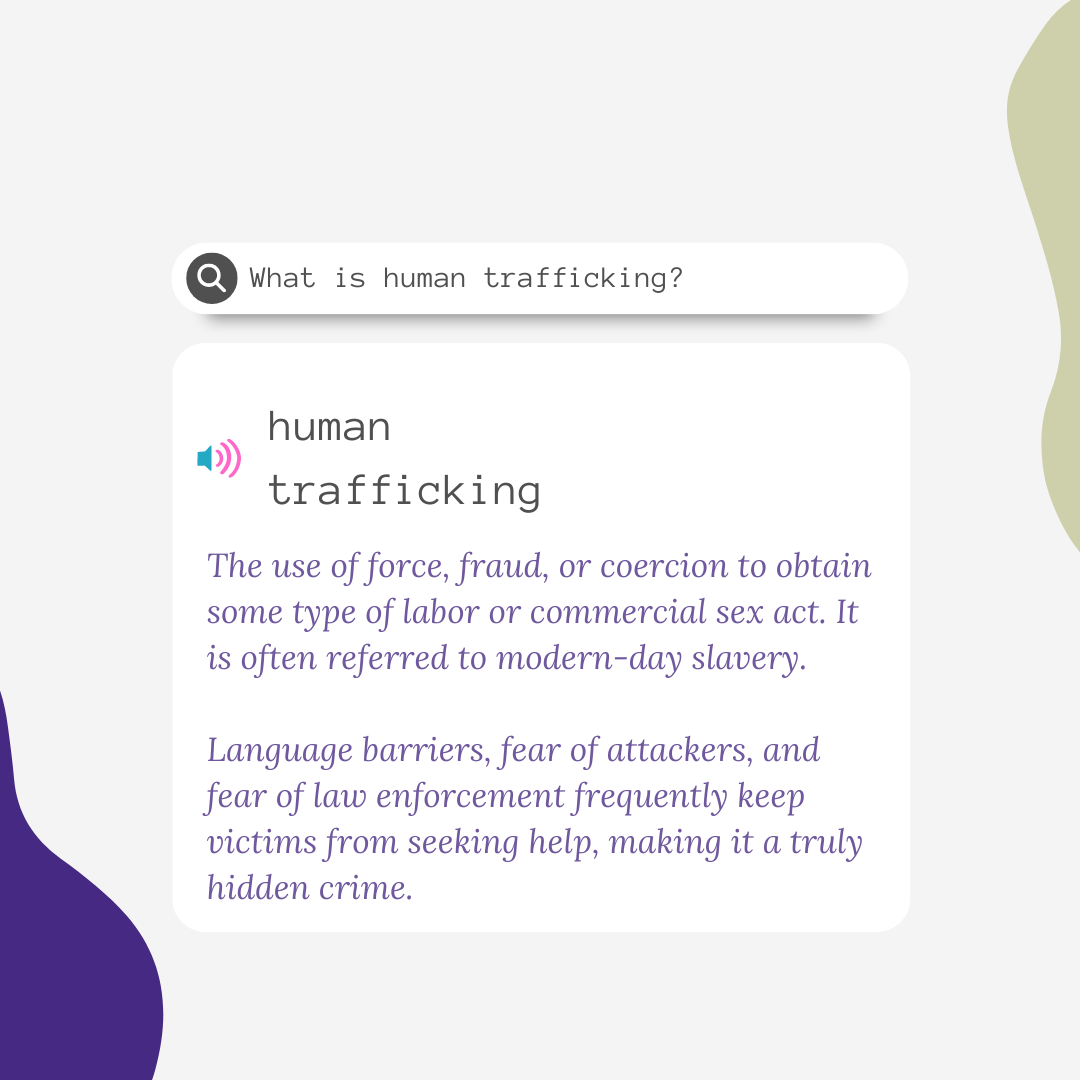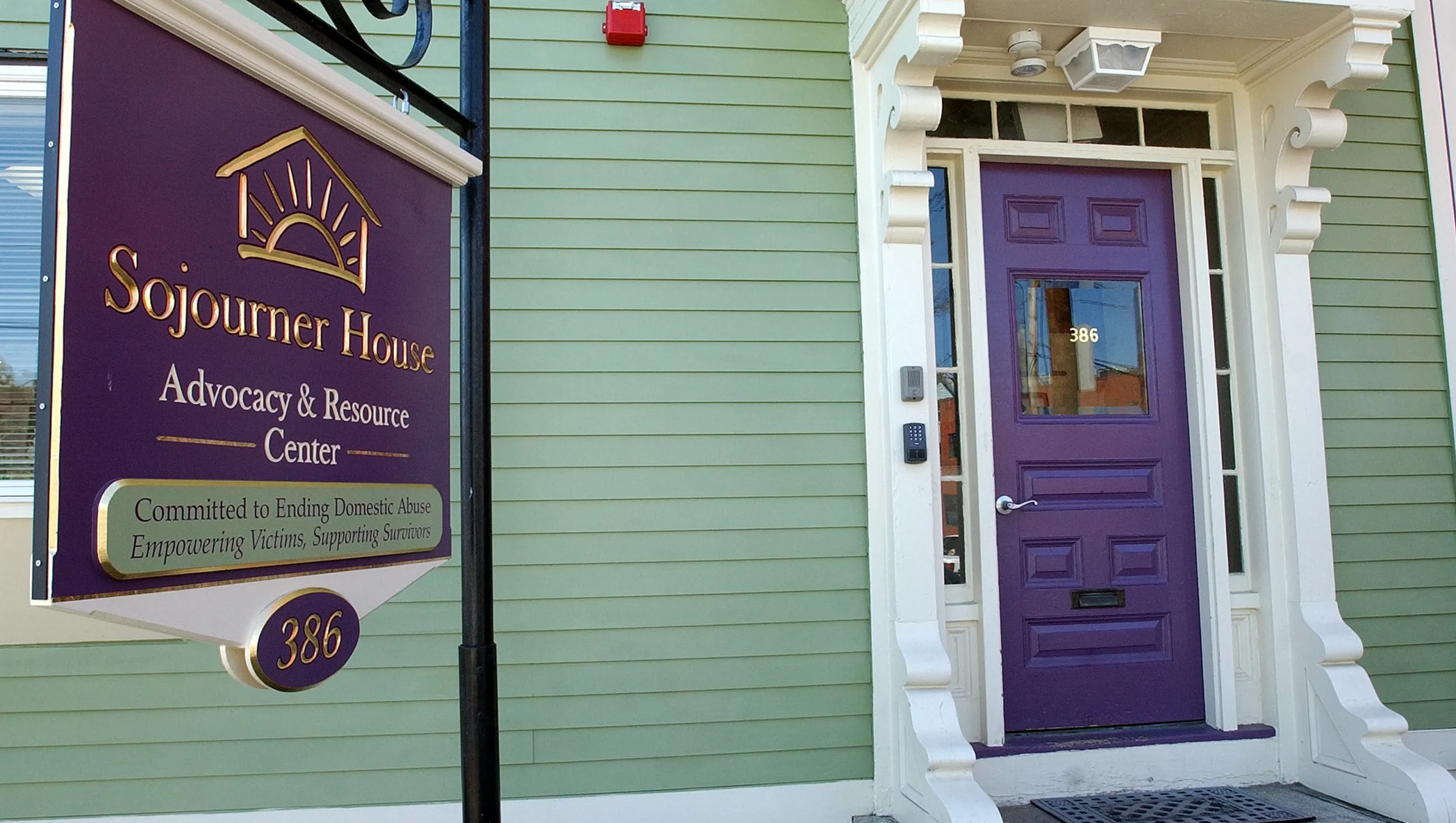
In early parenthood when our children are small and vulnerable, our minds are often consumed with the task of keeping them safe. Yet, as all parents know, this instinct doesn’t end with their growing independence, and sadly neither do the risks to their safety.
An often overlooked threat for our older children, or even to that of moms, is the risk posed by human trafficking.
In the past, we might have thought of this in terms of abduction, the child stolen into the back of a van in the split second a caregiver looked away. We may think of the heartbreaking stories of people brought into the country under false pretenses, whose pay and personal documents are withheld from them. Forced to work for nothing and/or sexually exploited they are afraid to get help for fear of deportation.
Yes, cases of forced and international trafficking exist, but there is also a growing number of domestic human trafficking instances far more subtle. These involve traffickers who romance and groom children and even adults, and it happens in all kinds of settings and to all kinds of families, not just those who we might have traditionally considered at risk.
Parents, it’s time we were aware- trafficking can happen to anyone.
Lilian Calderon is the Manager for Human Trafficking Programs at Sojourner House in Providence, Rhode Island, where programs are currently expanding in order to meet the need of trafficking victims in the state. Since the inception of their THEIA (Trafficking Housing Empowerment Immigration Advocacy) program in 2016, they’ve provided shelter to 174 clients.
A parent herself, Calderon spoke to Providence Mom about what every parent needs to know in order to safeguard their children from the risk of human traffickers. First, we need to be aware of how trafficking can happen.
Children and young people could encounter a trafficker anywhere; at the shopping center, at a house party, on campus, or even online. They could be introduced by a friend or not. It might start with a first physical relationship- perhaps with an older adult, who claims that to take them on more dates and spoil them as they want to, they’re going to need money, and they need their help to get it through sexual favors for friends. It might look like a college student, crippled by debt, being approached by someone on campus who ‘really wants to help them’ and knows a job they’d be perfect for.
Traffickers will often flatter, profess interest and concern, and undermine other authority figures in the person’s life, trying to prove they care for them more. For instance, Calderon tells me of a young person lured into trafficking that began with a fairly innocent invitation to McDonald’s; a perceived unhealthy treat often refused by their parents. In other cases, the trafficker might make promises of money to buy items that a parent cannot afford; the latest phone or that designer item they’ve begged you for. The charming nature of their groomer means that victims often do not know that their relationship is not normal and suspicions are not raised in time. Ultimately, however, it begins, they may find themselves forced, coerced, tricked, or deceived into a situation that involves sex work and/or unpaid labor.
Calderon says that knowing this, the challenge for parents is not to become paranoid about every social interaction their child has outside of the home, but to educate ourselves and our children to be able to make informed decisions. As they get older, we simply cannot be with our children all of the time, but we can empower them to make good choices. Here are seven ways to protect our children from traffickers:
- Talk to your children about what healthy relationships look like. Teach them to be wary about anything that makes them feel uncomfortable such as relationships where the person might want to separate them from their family and friends or expects them to do things for other people. The old talk about ‘stranger danger’ you had with your parents needs to become more nuanced, remember that traffickers may not seem dangerous or threatening at all, and may genuinely seem like they want to help them. Of course, we need to do this in age-appropriate ways. Calderon talks to her younger children about ‘tricky people’ who appear nice but might try to get them alone.
- Normalize bodies and talking about them. Hand in hand with healthy relationships is talking to children about their bodies and what constitutes appropriate and inappropriate touching. Calderon notes that well-rounded people know their boundaries and what is comfortable for them.
- Keep communication lines open. As parents, we need to work to build relationships of trust with our children, where they feel able to confide in us without fear of judgment, punishment, or being belittled for their mistakes. Calderon recognizes that this can be challenging for parents, but cultivating open dialogue either with you or with another trusted adult is vital to remove any potential barriers to their being able to reach out for help if they need it.
- Monitor social media usage and other communication tools. Devices make grooming easier because conversations can happen in private. When children ask to join social media or to get a phone, ask them why. Perhaps there are other ways to fulfill those wishes. (Can they look at TikTok with you on your phone for 10 minutes instead of needing their own device?) Create usernames with them so you know the login details. Talk to them about internet safety. When Calderon’s own children wanted to join a gaming platform, her partner joined the same one to be able to play too; this way it is possible to monitor who else is on the forum and what is being said in the chat.
- Involve your child’s school. Raising awareness of this issue in our communities keeps both our children and others safe too. Sojourner House provides education to many schools across Rhode Island, including talking to groups of students about healthy relationships and providing Trafficking 101 webinars for parents. Information in a school newsletter can be the first step toward engaging other parents. You can contact the SH Education Department through their website: EDUCATION & TRAINING – Sojourner House (sojournerri.org)
- Report suspicious behavior. If there is anyone who makes you feel uncomfortable, especially anyone who approaches you about work opportunities or who seems suspicious, report it to the relevant authorities where you are located.
If you, your child, or anyone you know is involved in a trafficking situation help is available. Local agencies are available to offer help and support. Sojourner House runs a shelter specifically for trafficking victims. Other organizations such as Day One and St Mary’s Home for Children have multidisciplinary support teams specifically developed for youth.
Providence Mom would like to thank Lilian Calderon and Sojourner House for providing the information for this post.
Further Resources for Parents (and kids):
Cyber Safety and Media Literacy
Common Sense Media: a website for media reviews by both parents and children which includes social media sites, movies, video games, music, and more. Available in Spanish and English.
Additional resources from Common Sense Media:
Tips for Parents on Online Safety
Tips for Parents on Social Media
Healthy Relationships and Sex
US Department of Health: Talk to your kids about sex and healthy relationships
Planned Parenthood: Relationships
Love is respect: National resource to disrupt and prevent unhealthy relationships and intimate partner violence by empowering young people through inclusive and equitable education, support, and resources.
A helpful guide from One Love about signs of healthy vs unhealthy relationships.













